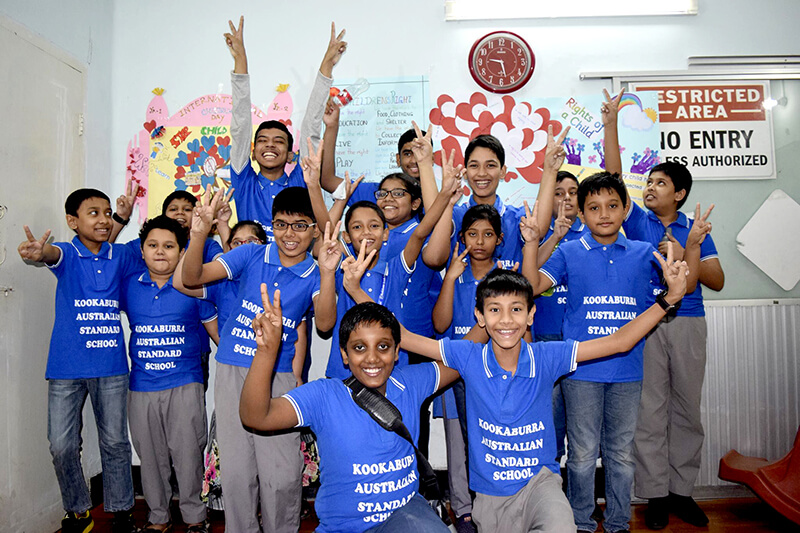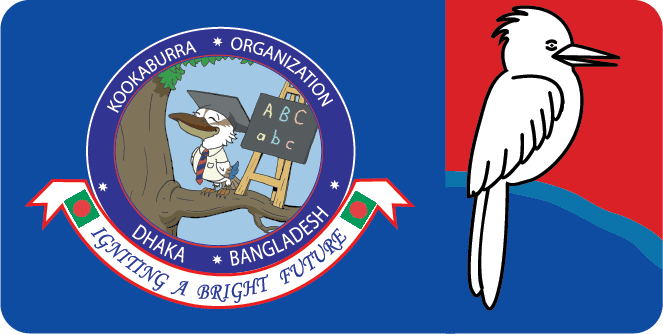There are several federal laws that protect students on the spectrum through Individualized Education Plans tailored to their specific needs. These laws are a critical underpinning for our public schools, but more can be done to improve educational opportunities for students with autism.
- Individuals with Disabilities Education Act
To understand your student’s rights in America’s public schools, it helps to start with one of the primary laws governing the education of students with disabilities: the Individuals with Disabilities Education Act, most recently amended by the Individuals with Disabilities Education Improvement Act of 2004. IDEA is the federal law that guarantees a free and appropriate public education in the least restrictive environment for every person with a disability. This means that if you enroll your student in public school, his/her education should come at no cost to you and should be appropriate for his/her age, ability and developmental level.

IDEA is an amended version of the Education for All Handicapped Children Act (P.L. 94-142), passed in 1975. The law’s 2004 reauthorization through IDEIA (P.L. 108-446) further defined children’s rights to educational services and strengthened the role of parents in their children’s educational planning process.
The law specifies that educational placement should be on an individual basis, not solely on the diagnosis or category of disability, so as a parent, you will have a voice in the process. But keep in mind that IDEA requires that an appropriate educational program be provided, but not necessarily the one that is “ideal” for your student. It is important that you work with the school to get the educational support and services your student needs.
You must keep in mind that IDEA establishes minimum requirements for schools. States must comply with IDEA’s criteria in order to receive federal funds. States may exceed the IDEA requirements and provide more services, but they cannot provide fewer services or contradict the guidelines of IDEA.
IDEA has six principles that provide the framework for special education services. These principles include:
- Free and Appropriate Education (FAPE)
- Appropriate Education
- Individualized Education Program (IEP)
- Least Restrictive Environment (LRE)
- Parent and Student Participation in Decision Making
- Procedural Safeguards
- A Free and Appropriate Education
IDEA guarantees a free and appropriate public education (FAPE) to each student with a disability. FAPE refers to special education and related services that:
- Have been provided without charge to the recipient, at public expense and under public supervision and direction
- Meet the standards of the state educational agency
- Include an appropriate preschool, elementary or secondary school education
- Conform to the student’s IEP
“Appropriate” is the critical word in FAPE – the education a student with disabilities receives must address his/her specific educational needs. As such, what is appropriate for one student may not be appropriate for another. Determining what is appropriate for each student involves several processes as follows:
- First, an individualized evaluation is conducted to identify the student’s areas of strength and weakness in as much detail as possible.
- The second step is for the IEP team to discuss and develop an IEP for the student. The team generates and identifies appropriate goals for the student to work toward throughout the year. Furthermore, placement and type of special education and related services appropriate for the student are identified. This decision is based on the goals and objectives that have been developed as well as the student’s needs. In addition to specifying an appropriate placement, the team must identify and provide the supplementary aids and services in order for the student to succeed in the given educational setting.
It is important that the student receive an appropriate education and benefit from it. Students with disabilities have a right to related services to help them learn and receive the maximum benefit from their educational programs. Related services, according to IDEIA, consist of “transportation and such developmental, corrective and other supportive services as are required to assist a child with a disability to benefit from special education.” These services are to be determined on an individualized basis, not by the disability or category of the disability.
If a student needs any of these “related services” to benefit from his/her education, they must be written into the IEP. Frequency and duration of services should be included, as well as relevant objectives. Related services as defined by IDEIA may include, but are not limited to the following:
- Audiology
- Counseling services
- Early identification and assessment of disabilities in children
- Medical services (for diagnostic or evaluation purposes only)
- Occupational therapy
- Parent counseling and training
- Physical therapy
- Psychological services
- Recreation
- Rehabilitation counseling
- School health services
- Social work services
- Speech pathology
- Transportation

The regulation does not limit related services to those mentioned above. If a student requires a particular service to benefit from special education and that service is developmental, corrective or supportive, it is also a “related” service and should be provided. It does not have to be expressly listed in the regulation. Examples of these kinds of services include a full- or part-time aide or assistive technology such as a computer.
- FERPA & Section 504
Two other laws governing the educational rights of students with disabilities are the Family Educational Rights and Privacy Act of 1974 (P.L. 93-380) and Section 504 of the Rehabilitation Act of 1973 (P.L. 93-112).
The Family Educational Rights and Privacy Act (FERPA) protects the privacy of a student’s educational records and outlines rules for inspection and release of information. Section 504 of the Rehabilitation Act protects the civil rights of people with disabilities, prohibiting discrimination against a person with a disability by an agency that receives federal funds. Students who are considered “handicapped” but do not require IDEA’s special education services can be provided with a 504 plan. An excellent comparison between IDEA and Section 504 can be found at WETA’s LD Online site.
- ESEA and Alternate Assessments
The Elementary and Secondary Education Act (ESEA) is the primary law governing education generally, and it has major effects on students with disabilities. Originally enacted in 1965, ESEA has been the legislative vehicle for most educational policy changes and federal funding of schools. Its most recent reauthorization was the No Child Left Behind Act (NCLB).
Under NCLB, the Alternate Assessment based on Alternative Achievement Standards (AA-AAS) was created as an alternative state assessment taken by students with the most significant cognitive disabilities. At some point in their academic experience, the majority of students with the most significant cognitive disabilities take this assessment instead of the regular state assessment — some as early as 3rd grade. NCLB regulations allow a certain number of the proficient and advanced scores on these tests to help schools, local education agencies (districts) and states meet performance targets based on the percent of students who are proficient in math, language arts and science.
The cap on the number of scores that can be counted for this purpose is 1 percent of the number of students taking the state assessment. However, the test can only be taken by students with disabilities. About 10 percent of the student population has a disability, so this 1 percent cap is equal to about 10 percent of students with disabilities. Thus, if a school district has 10,000 students, then it would have about 1,000 students taking an AA-AAS, and as many as 100 proficient and advanced AA-AAS scores would count toward the district’s performance goals.

